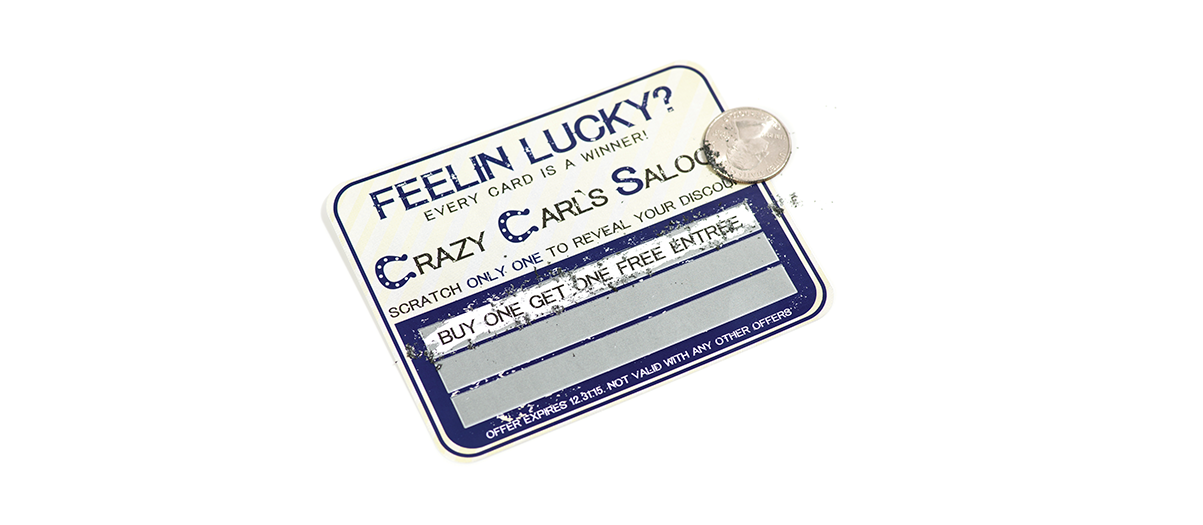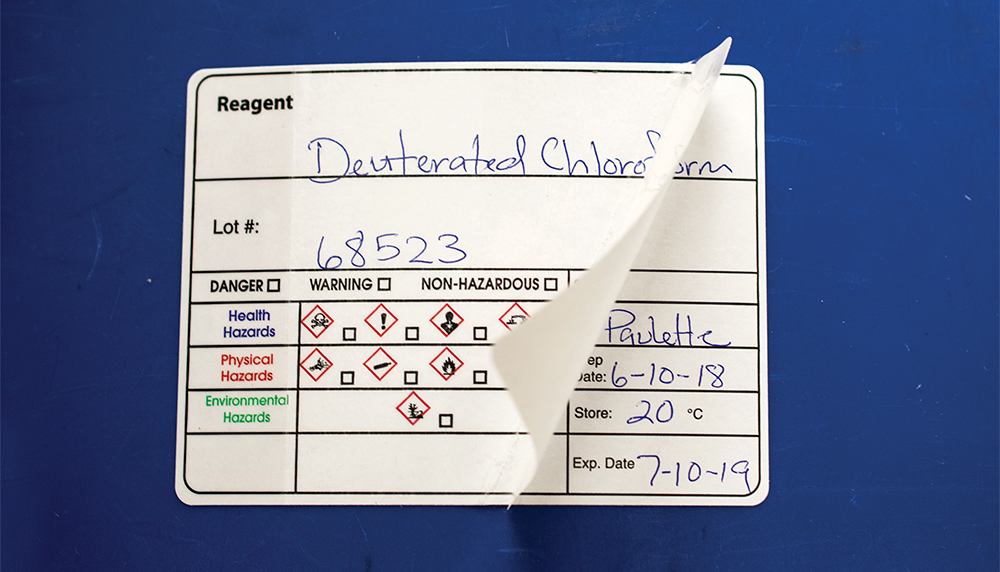
Importance of Asset Tags in Schools
Asset tags are crucial for schools to manage their inventory and equipment efficiently. They play a pivotal role in the management of school resources. With the vast amount of equipment and supplies schools handle, keeping track of everything can be challenging. Asset tags offer a systematic way to monitor and manage these resources.
Asset tags help track school equipment, prevent loss and theft, and streamline maintenance processes, making them indispensable for educational institutions.
Tracking School Equipment
Schools possess a variety of equipment, from computers and projectors to musical instruments and sports gear. Asset tags allow for efficient tracking of these items, ensuring that each piece of equipment is accounted for.
This not only helps in maintaining an accurate inventory but also aids in quickly locating items when needed. For instance, during an audit, asset tags enable staff to verify the presence of all items efficiently, ensuring no equipment goes missing.
In addition, asset tags can be integrated with inventory management software, allowing real-time updates and easier access to inventory data. This integration can significantly reduce the time spent on manual tracking and improve the accuracy of the records.
Preventing Loss and Theft
Loss and theft of school property are significant concerns. Asset tags help mitigate these issues by providing a clear identification system. Each tag is unique, making it easier to track and recover lost or stolen items. This system acts as a deterrent to theft and promotes accountability among staff and students.
For example, laptops and tablets assigned to students can be tagged, and their movements tracked throughout the school year. If a device goes missing, the unique asset tag can help identify its last known location and aid in its recovery.
Best Practices for Implementing Asset Tags
Implementing asset tags effectively requires careful planning and consideration. Here are some best practices to follow:
Choosing the Right Type of Asset Tags
Selecting the appropriate asset tags is crucial. Consider the environment and the type of equipment being tagged. For instance, durable tags are necessary for items exposed to harsh conditions, while removable tags might be better for temporary equipment. Options like barcode tags, RFID tags, and QR code tags offer different levels of tracking and data management.
- Barcode Tags: Ideal for general inventory management, these tags are cost-effective and easy to scan.
- RFID Tags: Suitable for high-value items, RFID tags allow for remote scanning and provide more detailed tracking information.
- QR Code Tags: These tags can store more information than traditional barcodes and are useful for linking to detailed records or maintenance logs.
Proper Placement and Application
The placement of asset tags is essential for their effectiveness. Tags should be placed on a flat, clean surface that is easily accessible for scanning but not easily removed. Proper application ensures the longevity of the tags and prevents them from being tampered with or damaged.
For instance, on laptops, tags can be placed on the bottom or inside the battery compartment to prevent easy removal. For larger equipment like projectors or musical instruments, tags should be placed in a visible but secure location.
Training Staff and Students
Ensuring that staff and students understand the importance of asset tags and how to use them correctly is vital. Provide training sessions to explain how to scan and record tagged items, the significance of not tampering with tags, and the process for reporting lost or damaged tags.
Regular Audits and Updates
Conducting regular audits helps maintain the accuracy of the inventory system. Schedule periodic checks to ensure all tagged items are accounted for and update records as necessary. This process helps identify any discrepancies early and addresses them promptly.
Benefits of Using Asset Tags in Education
Using asset tags in educational settings offers numerous benefits that enhance the efficiency and management of school resources.
Improved Inventory Management
Asset tags simplify the inventory management process. With tags in place, schools can conduct quick and accurate inventory checks. This helps maintain up-to-date records of all assets, reducing the risk of discrepancies and ensuring that resources are always available when needed.
For example, during the start and end of the school year, inventory checks can be streamlined, ensuring that all equipment is returned and accounted for. This process saves time and reduces the administrative burden on school staff.
Streamlined Maintenance Processes
Regular maintenance of school equipment is crucial to ensure its longevity and functionality. Asset tags facilitate this by providing detailed information about each item’s maintenance history and schedule. This helps in planning and executing timely maintenance, thereby extending the life of the equipment and preventing unexpected breakdowns.
For instance, an asset tag on a projector might include its purchase date, last maintenance date, and next scheduled service. This information can be quickly accessed and used to ensure that maintenance is carried out on time, reducing downtime and repair costs.
Enhanced Accountability
Asset tags enhance accountability among staff and students. With each item tagged and recorded, there is a clear record of who is responsible for the item. This transparency encourages better care and handling of school property.
Cost Savings
By preventing loss, theft, and damage, asset tags can lead to significant cost savings for schools. The ability to track and manage assets efficiently reduces the need for replacements and repairs, making it a cost-effective solution.
FAQs
What information should be included on an asset tag?
An asset tag should include essential information such as a unique identification number, a barcode or QR code for scanning, the name of the item, and sometimes the location or department to which the item belongs. Additional information like purchase date and warranty details can also be included for better asset management.
How often should asset tags be audited?
Asset tags should be audited regularly to ensure the accuracy of the inventory. Ideally, schools should conduct a full inventory audit at least once a year. However, high-value or frequently used items might require more frequent audits to ensure they are still in place and in good condition.
Can asset tags be used for digital and IT assets?
Yes, asset tags are particularly useful for digital and IT assets. These items often have higher values and are more susceptible to theft. Using asset tags on computers, tablets, and other IT equipment helps track their location and maintenance status, ensuring that they are properly managed and safeguarded.















